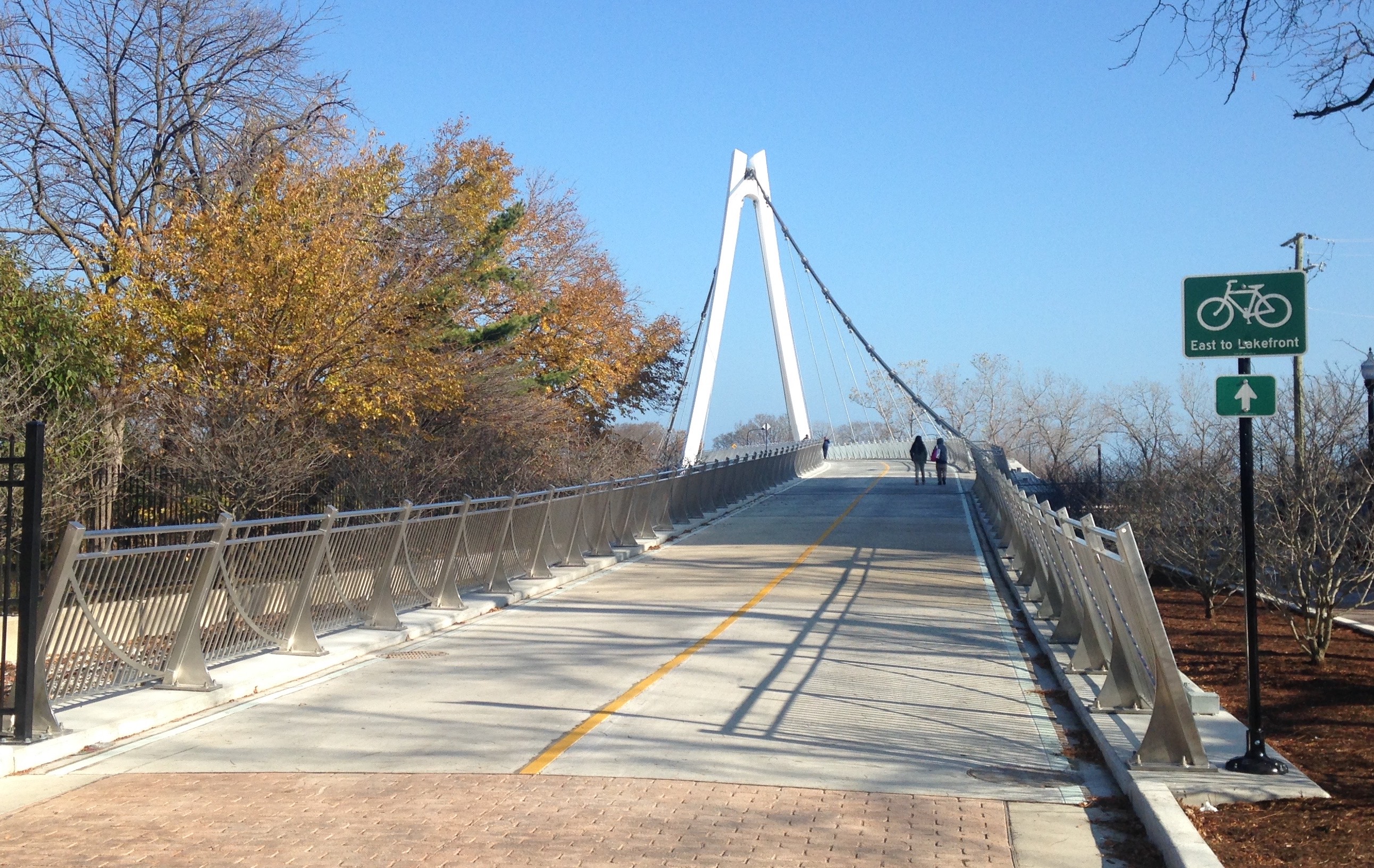[Last year the Chicago Reader recently launched a weekly transportation column written by Streetsblog Chicago editor John Greenfield. This partnership allows Streetsblog to extend the reach of our livable streets advocacy. We syndicate a portion of the column on the day it comes out online; you can read the remainder on the Reader’s website or in print. The paper hits the streets on Thursdays.]
In some ways, 2016 was a rough year for those of us who care about sustainable transportation in Chicago. Six people were fatally struckwhile biking in the city this year—an average number according to the Chicago Department of Transportation. However, several of these were high-profile cases that shook the cycling community, including the nation's first bike-share fatality, deaths on popular bike routes like Milwaukee Avenue, and a hit-and-run case that's still unsolved.
In the wake of these deaths, it was a bit of a head-scratcher when in September Bicycling magazine named Chicago the best U.S. city for biking.
"Objectively, Chicago is not really the nicest place to ride in the country," editor Bill Strickland acknowledged when I spoke to him after the announcement. "But what we're really looking for is the big, important metropolises that have made a huge change and are leading the way for other cities. We feel like Chicago is the most important cycling city right now."
Strickland's logic is subject to debate. Still—and despite the deaths this summer—Chicago chalked more transportation wins than losses in 2016, with many positive developments for biking as well as for walking and transit. As he did in 2015, this year Mayor Rahm Emanuel cut the ribbon on a number of shiny new sustainable transportation amenities. And thanks in part to the mayor's need to rebuild his image in underserved communities after the Laquan McDonald scandal, the city officials implementing these projects seemed to pay more attention to social justice concerns than they have in the past.
The most obvious example of an equity-minded infrastructure improvement was the expansion of Divvy. The bike-share network added 1,050 new bikes and 85 new docking stations in 2016, mostly in underserved communities on the south and west sides, bringing the grand total to 5,800 bicycles and 580 stations. Meanwhile, the Divvy for Everyone initiative, which offers $5 annual memberships to lower-income residents, reached about 1,700 members this year, up from roughly 1,100 by the end of 2015, the program's inaugural year.
Another milestone came in November, when Big Marsh, a 278-acre bike park and nature reserve, opened next to Lake Calumet on the southeast side, providing this underserved part of the city with a venue for BMX, mountain biking, cyclocross, and casual trail riding. Earlier this month, after much lobbying by groups like Slow Roll Chicago and the Active Transportation Alliance, CDOT announced plans for new bike lanes to improve access to the park from the nearby neighborhoods, most of which are lower-income black and Latino communities.
In addition, last month an elegant new bike and pedestrian bridge opened over Lake Shore Drive at 35th Street, in the mostly African-American Bronzeville neighborhood. Unlike the rusting, 75-year-old span it replaced, the new bridge—funded with $18 million in federal dollars and $5 million more from the state—is wheelchair accessible.
On the other hand, this year there was a growing awareness among Chicagoans that transportation-related investments can have the unintended (some would argue intended) consequence of jacking up housing costs and displacing longtime residents. As a result, some bike- and transit-friendly projects were met with skepticism, or even acts of civil disobedience.





